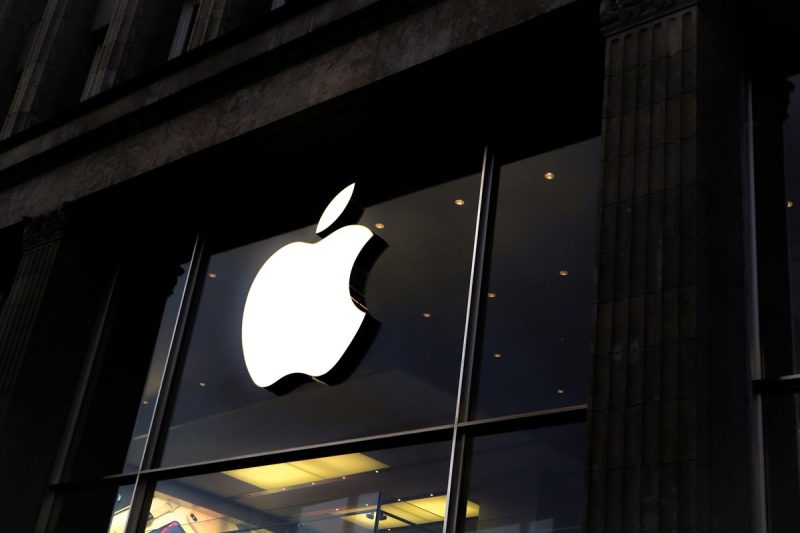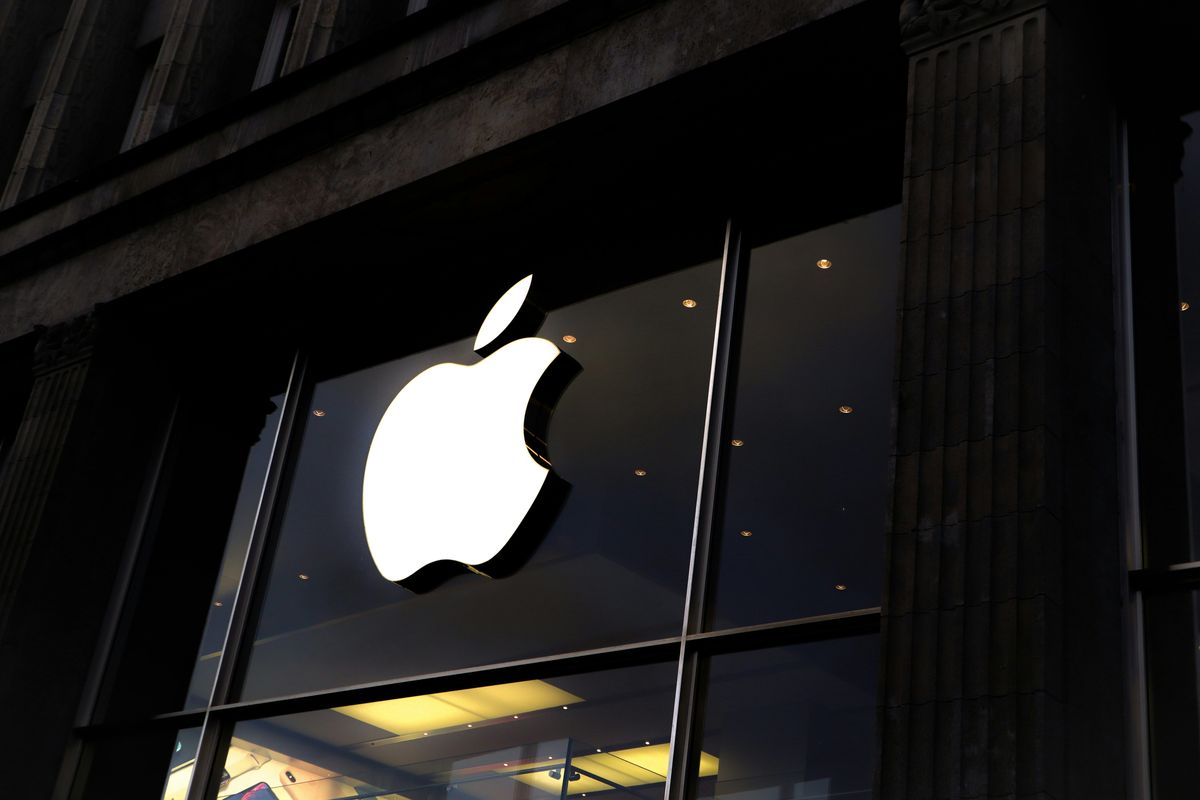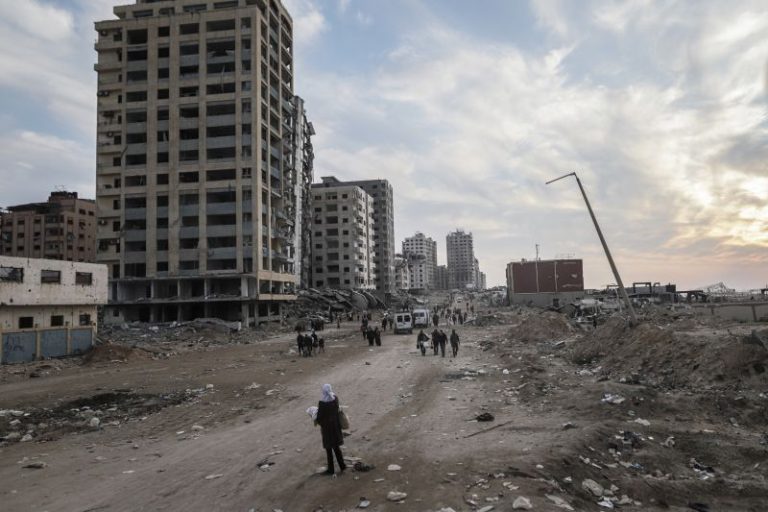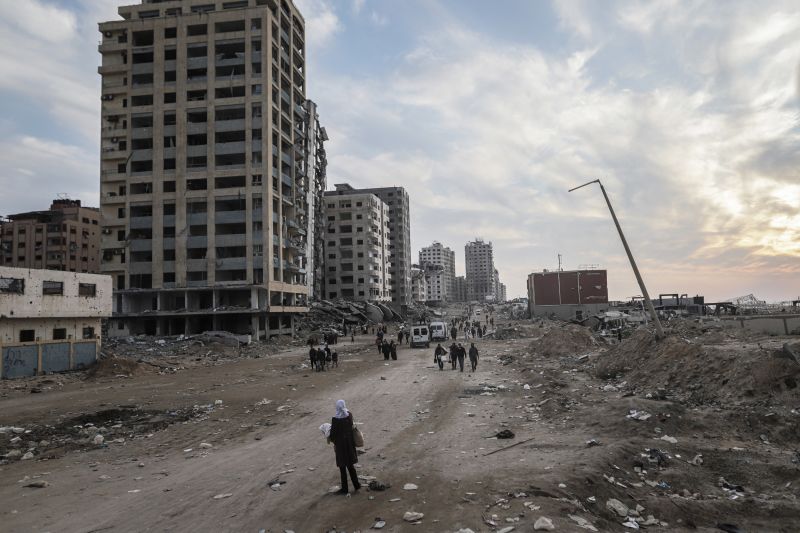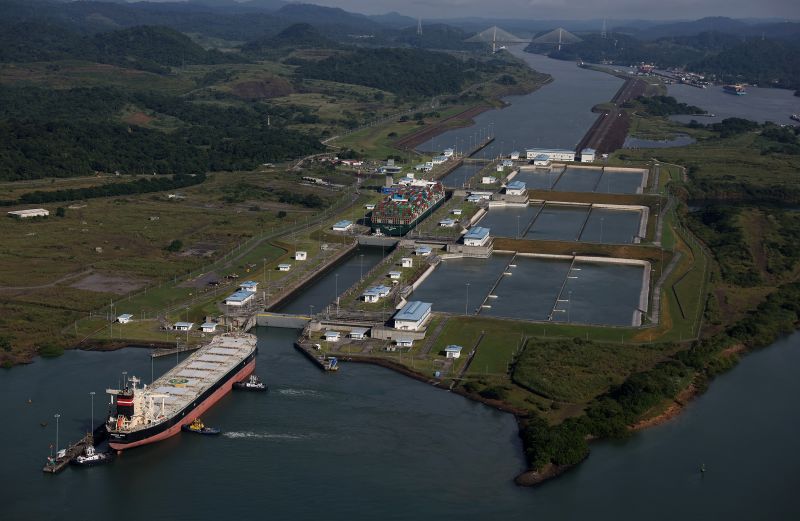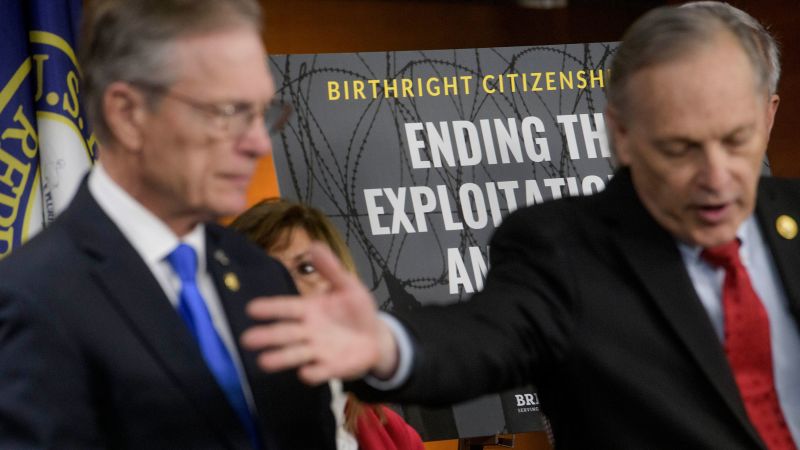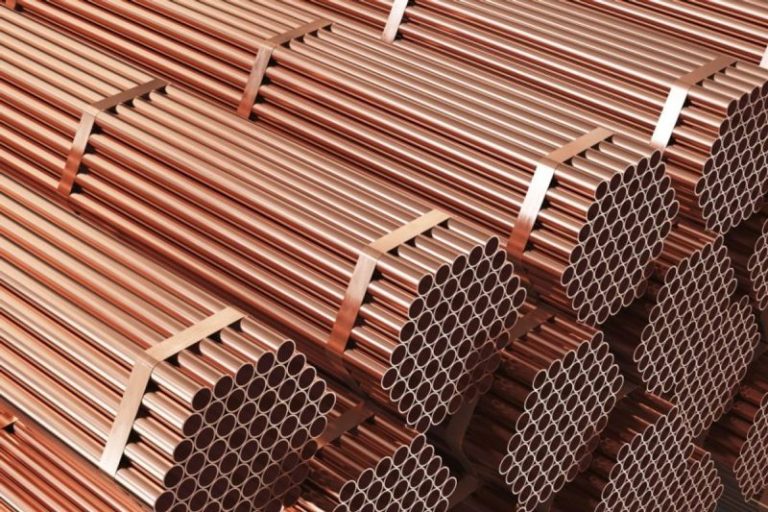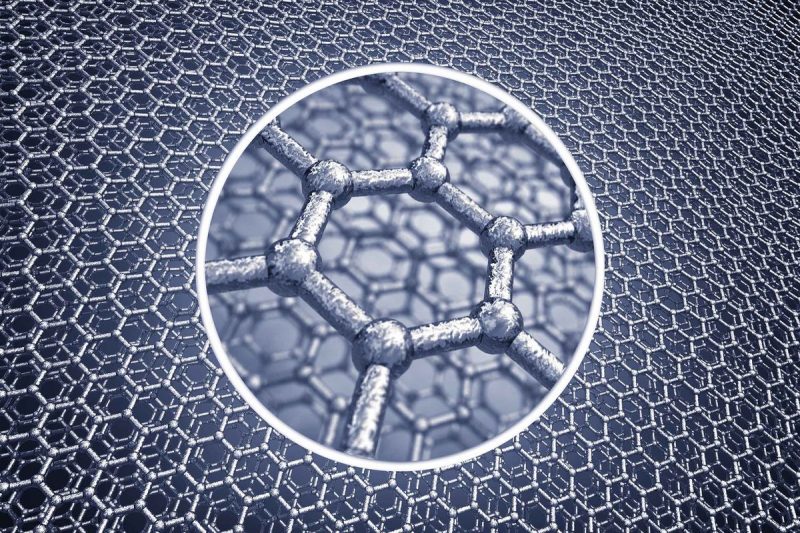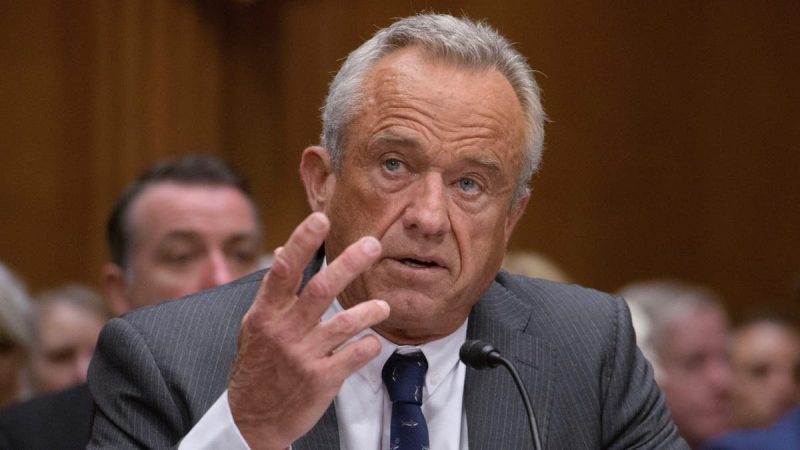
The back-to-back combustible Senate confirmation hearings are over.
But Robert F. Kennedy Jr., President Donald Trump’s nominee for secretary of the Department of Health and Human Services (HHS), still faces crucial committee and full Senate confirmation votes in his mission to lead 18 powerful federal agencies that oversee the nation’s food and health.
Testifying in front of the Senate Finance Committee on Wednesday and the Health Committee on Thursday, the vaccine skeptic and environmental crusader who ran for the White House in 2024 before ending his bid and endorsing Trump faced plenty of verbal fireworks over past controversial comments.
And while most of the tough questions and sparring over his stances on vaccines, abortion, Medicaid and other issues, came from Democrats on the two committees, Thursday’s hearing ended with the top Republican on the Health panel saying he was ‘struggling’ with Kennedy’s nomination.
‘Your past of undermining confidence in vaccines with unfounded or misleading arguments concerns me,’ GOP Sen. Bill Cassidy told the nominee.
The physician from Louisiana, who is a crucial vote and who has voiced concerns over Kennedy’s past stance on vaccines, asked whether Kennedy can ‘be trusted to support the best public health.’
And the senator told Kennedy, who seeks to lead key health agencies like the Centers for Disease Control and Prevention, the Food and Drug Administration, the National Institutes of Health and the Centers for Medicare and Medicaid Services, that ‘you may be hearing from me over the weekend.’
Kennedy faced two days of grilling over his controversial past comments, including his repeated claims in recent years linking vaccines to autism, which have been debunked by scientific research.
And Democrats have also spotlighted Kennedy’s service for years as chair or chief legal counsel for Children’s Health Defense, the nonprofit organization he founded that has advocated against vaccines and sued the federal government numerous times, including a challenge over the authorization of the COVID vaccine for children.
One of Thursday’s most heated exchanges came as independent Sen. Bernie Sanders of Vermont pushed Kennedy over his past of linking vaccines to autism.
Sanders stated that ‘vaccines do not cause autism’ and asked Kennedy ‘do you agree with that?’
After the nominee didn’t answer, Sanders responded, ‘I asked you a simple question, Bobby.’
Kennedy replied, ‘Senator, if you show me those studies, I will absolutely … apologize.’
‘That is a very troubling response because the studies are there. Your job was to have looked at those studies as an applicant for this job,’ Sanders said.
Later in the hearing, the two also clashed over political contributions to the pharmaceutical industry, with Kennedy referring to Sanders simply as ‘Bernie.’
‘Almost all the members of this panel, including yourself, are accepting millions of dollars from the pharmaceutical industry and protecting their interests,’ Kennedy said.
Sanders immediately pushed back, ‘I ran for president like you. I got millions and millions of contributions. They did not come from the executives, not one nickel of PAC [political action committee] money from the pharmaceutical [companies]. They came from workers.’
Another fiery moment came as Democrat Sen. Maggie Hassan of New Hampshire appeared to fight back tears as she noted her son’s struggles with cerebral palsy amid accusations that ‘partisanship’ was behind the Democrats’ blistering questions to Kennedy.
Hassan, who at Wednesday’s hearing charged that Kennedy ‘sold out’ to Trump by altering his position on abortion, on Thursday accused the nominee of ‘relitigating settled science.’
But many of the Republicans on the panel came to Kennedy’s defense, including conservative Sen. Rand Paul.
The ophthalmologist from Kentucky defended Kennedy and took aim at comments about vaccines not causing autism.
‘We don’t know what causes autism, so we should be more humble,’ Paul said to applause from Kennedy supporters in the committee room audience wearing ‘Make America Healthy Again’ garb.
The 71-year-old Kennedy, a scion of the nation’s most storied political dynasty, launched a long-shot campaign for the Democrat presidential nomination against President Joe Biden in April 2023. But six months later, he switched to an independent run for the White House.
Kennedy made major headlines again last August when he dropped his presidential bid and endorsed Trump. While Kennedy had long identified as a Democrat and repeatedly invoked his late father, former Sen. Robert F. Kennedy, and his late uncle, former President John F. Kennedy – who were both assassinated in the 1960s – Kennedy in recent years built relationships with far-right leaders due in part to his high-profile vaccine skepticism.
Trump announced soon after the November election that he would nominate Kennedy to his Cabinet to run HHS.
Kennedy, whose outspoken views on Big Pharma and the food industry have also sparked controversy, has said he aims to shift the focus of the agencies he would oversee toward promotion of a healthy lifestyle, including overhauling dietary guidelines, taking aim at ultra-processed foods and getting to the root causes of chronic diseases.
‘Our country is not going to be destroyed because we get the marginal tax rate wrong. It is going to be destroyed if we get this issue wrong,’ Kenendy said Thursday as he pointed to chronic diseases. ‘And I am in a unique position to be able to stop this epidemic.’
The Finance Committee, which will decide on whether to send Kennedy’s nomination to the full Senate, has yet to schedule a date for a confirmation vote.
With Republicans controlling the Senate by a 53-47 majority, Kennedy can only afford to lose the support of three GOP senators if Democrats unite against his confirmation.
And besides Cassidy, two other Republicans on the Health Committee – Sens. Susan Collins of Maine and Lisa Murkowski of Alaska – are potential ‘no’ votes on Kennedy.
Collins on Thursday questioned Kennedy about vaccines, herd immunity as well as his views on Lyme disease. Kenendy pledged that there’s ‘nobody who will fight harder for a treatment for Lyme disease.’
A 50-50 vote in the full Senate would force Vice President JD Vance to serve as the tiebreaker to push the Kennedy nomination over the top, as the vice president did last week with the confirmation of another controversial nominee, now-Defense Secretary Pete Hegseth.



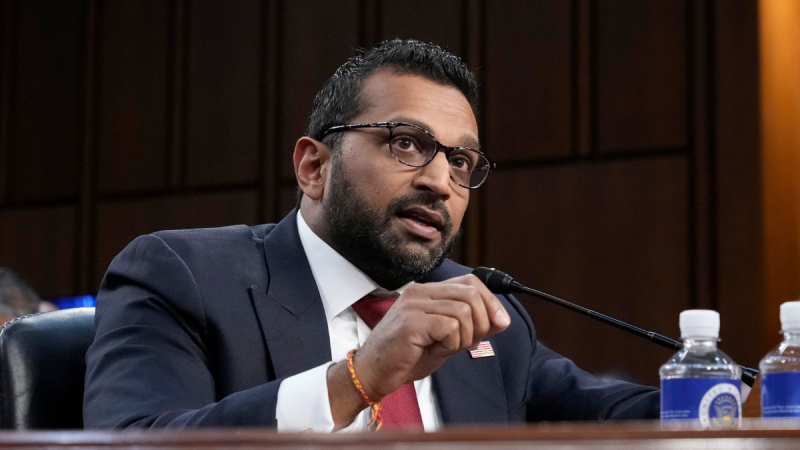


 Cardiex Limited (CDX:AU) has announced December Quarterly Appendix 4C
Cardiex Limited (CDX:AU) has announced December Quarterly Appendix 4C
